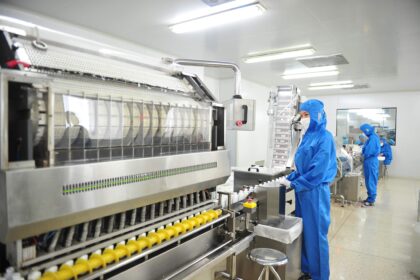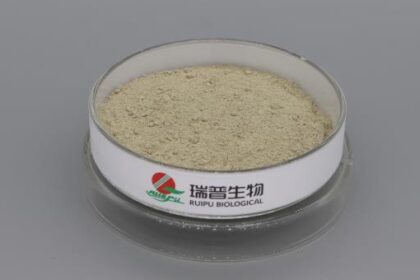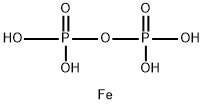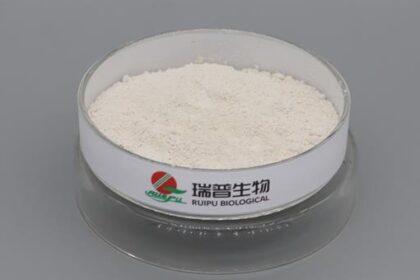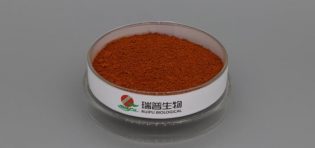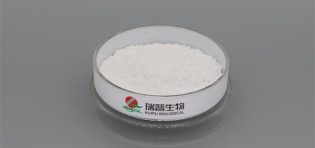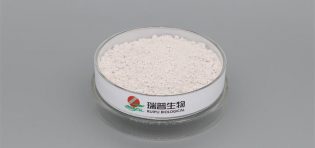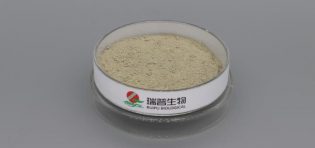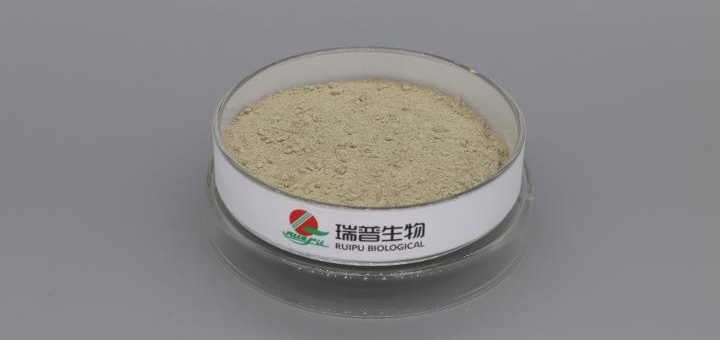
Ferrous gluconate, a common iron nutritional fortifier, can supplement iron in baked foods. As an organic iron, it has the advantages of low irritation and high bioavailability. However, it is susceptible to processing conditions, formula components, and storage environments during baking, which may lead to reduced stability, abnormal flavor, or color changes. Therefore, multi-link quality control is required to ensure its efficacy and food quality.
I. Raw Material Selection and Pretreatment
Purity and particle size control
Select high-purity ferrous gluconate raw materials (usually ≥97%) to avoid oxidation or flavor deterioration caused by impurities (such as free iron ions and gluconic acid). Meanwhile, control the raw material particle size (e.g., select 80-100 mesh particles through sieving) to ensure uniform dispersion in the dough, reducing color spots or metallic taste caused by excessive local concentration.
Antioxidant pretreatment
Ferrous ions (Fe²⁺) in ferrous gluconate are easily oxidized to ferric ions (Fe³⁺), leading to product discoloration (such as browning) and astringency. A small amount of antioxidants (e.g., vitamin C, tea polyphenols) can be pre-added to the raw materials to maintain the stable state of Fe²⁺ through reduction. The addition amount is usually 5%-10% of the mass of ferrous gluconate.
II. Synergistic Optimization of Baking Formulas
pH adjustment
Ferrous gluconate is more stable in an acidic environment, while alkaline conditions (such as excessive addition of sodium bicarbonate or baking soda) will cause it to react with hydroxide ions to form ferrous hydroxide precipitates, reducing effectiveness and affecting taste. Therefore, it is necessary to control the dough pH within the range of 5.5-6.5. This can be achieved by adjusting acid leavening agents (such as calcium dihydrogen phosphate) or adding organic acids (such as citric acid, lactic acid) to balance the acidity and alkalinity of the system.
Avoid direct contact with interfering components
High concentrations of calcium ions (e.g., milk powder, calcium chloride) will form insoluble complexes with gluconate, reducing iron dissolution rate. It is necessary to control the addition amount of calcium sources or adopt step-by-step addition (adding iron agent first, then calcium source) to reduce interaction.
Polyphenolic substances (e.g., chocolate, cocoa powder, tea powder) will complex with ferrous ions, resulting in darkening (e.g., turning grayish-black). If such raw materials need to be used together, the amount of iron agent should be reduced (usually ≤0.05%), or microencapsulated ferrous gluconate should be selected.
III. Parameter Control in Baking Process
Temperature and time management
High temperature will accelerate the oxidation and decomposition of ferrous gluconate, especially when the temperature exceeds 180°C, the oxidation rate of Fe²⁺ increases significantly, which may cause a rusty taste in the product. Therefore, the baking temperature should be controlled at 150-170°C, and the high-temperature stage (such as the coloring period of bread baking) should be shortened. If necessary, low-temperature slow baking (e.g., baking at 140°C for 30-40 minutes) can be used to reduce thermal damage to the iron agent.
Moisture and oxygen control
High moisture in dough or batter will promote the dissolution and oxidation of ferrous ions, and the involvement of oxygen during baking will exacerbate this reaction. The oxidation risk can be reduced by adjusting the oil content in the formula (e.g., adding 5%-10% vegetable oil) to form an oil film wrapping iron ions, or using vacuum dough mixing technology during the stirring stage to reduce oxygen residue in the dough.
IV. Finished Product Storage and Stability Monitoring
Packaging and storage environment
Finished products should be sealed (e.g., aluminum foil bags, vacuum packaging) to avoid light (ultraviolet rays will accelerate Fe²⁺ oxidation) and air contact. The storage environment should be cool and dry (temperature ≤25°C, relative humidity ≤60%) to prevent iron agents from migrating to the surface to form color spots after moisture absorption.
Key indicator monitoring
Color: Regularly observe whether the product has browning or graying. The L value (brightness) change can be measured by a color difference meter. If the L value drops by more than 10% compared with the initial value, the stability of the iron agent needs to be evaluated.
Flavor: Detect whether there is a metallic taste or astringency through sensory evaluation, or use gas chromatography-mass spectrometry (GC-MS) to analyze the production of volatile oxidation products (such as aldehydes).
Iron content retention rate: Determine the actual iron content in the finished product by atomic absorption spectrometry to ensure that the retention rate is ≥80% (based on the added amount), avoiding loss caused by processing or storage.
V. Safety and Compliance Control
It is necessary to strictly follow the standards for the use of food additives (such as China's GB 14880). The addition amount of ferrous gluconate in baked foods is usually 0.02-0.1 g/kg (calculated as iron element) to avoid gastrointestinal irritation caused by excessive amounts. At the same time, ensure that raw materials comply with food safety regulations, and prohibit the use of industrial-grade iron salts or expired raw materials.
Through quality control in the above links, the nutritional fortification effect of ferrous gluconate can be ensured, while maintaining the color, flavor, and stability of baked foods, meeting the dual needs of functionality and edibility.

